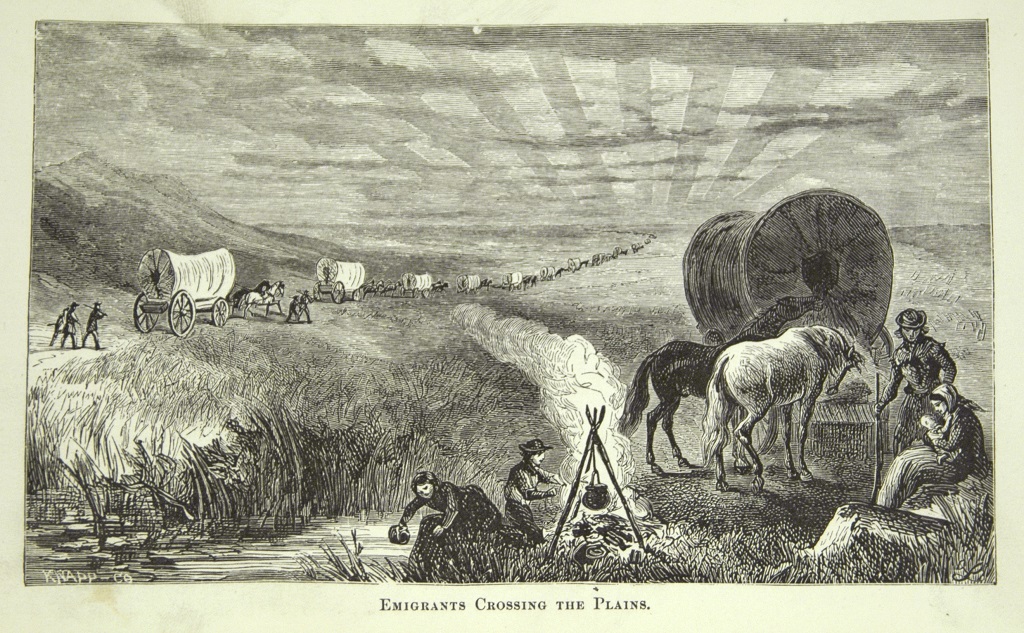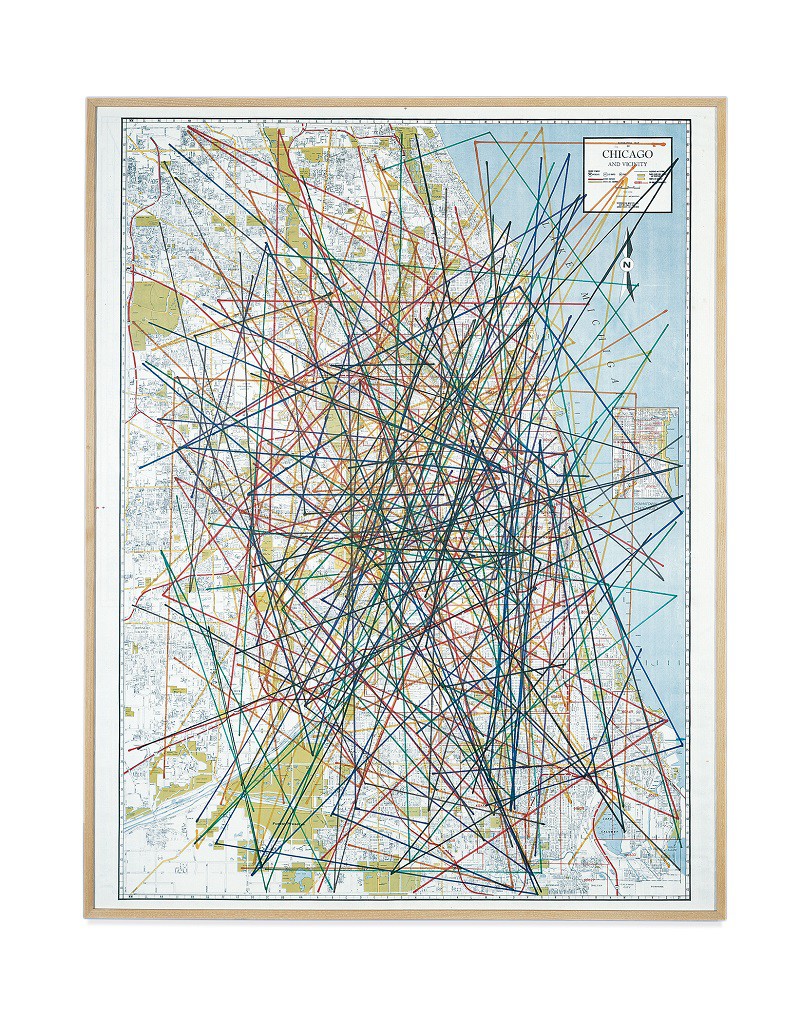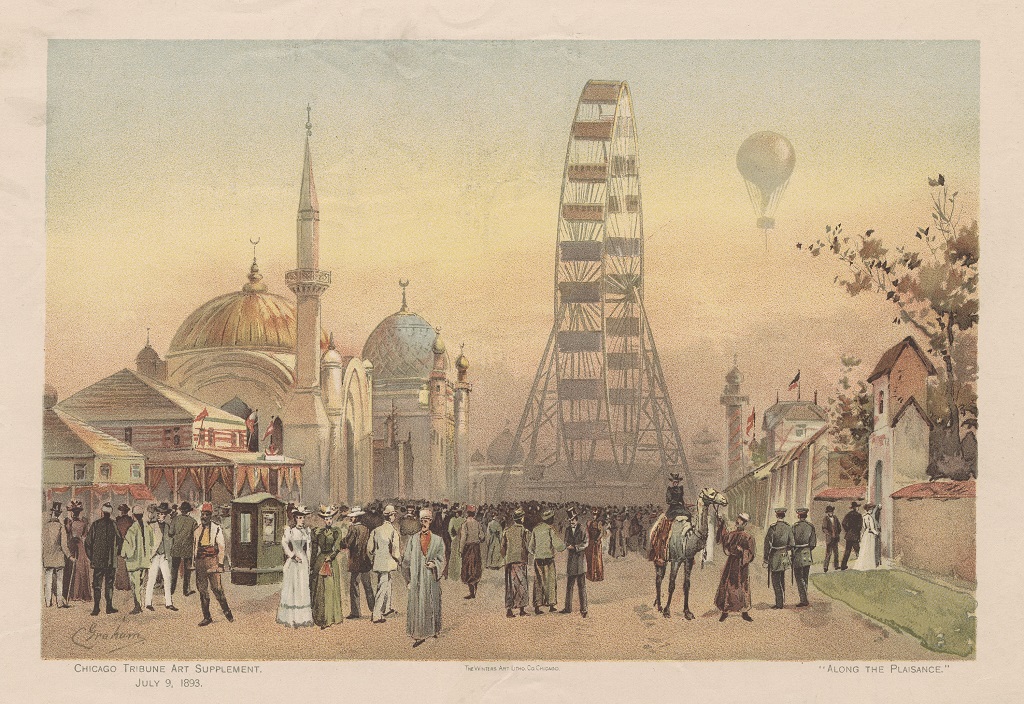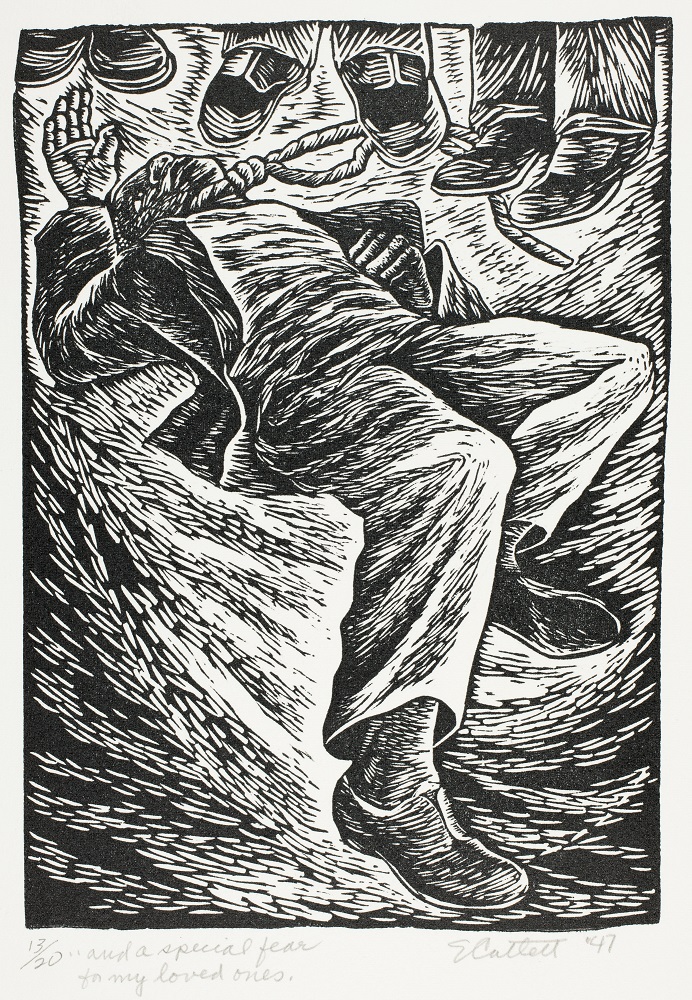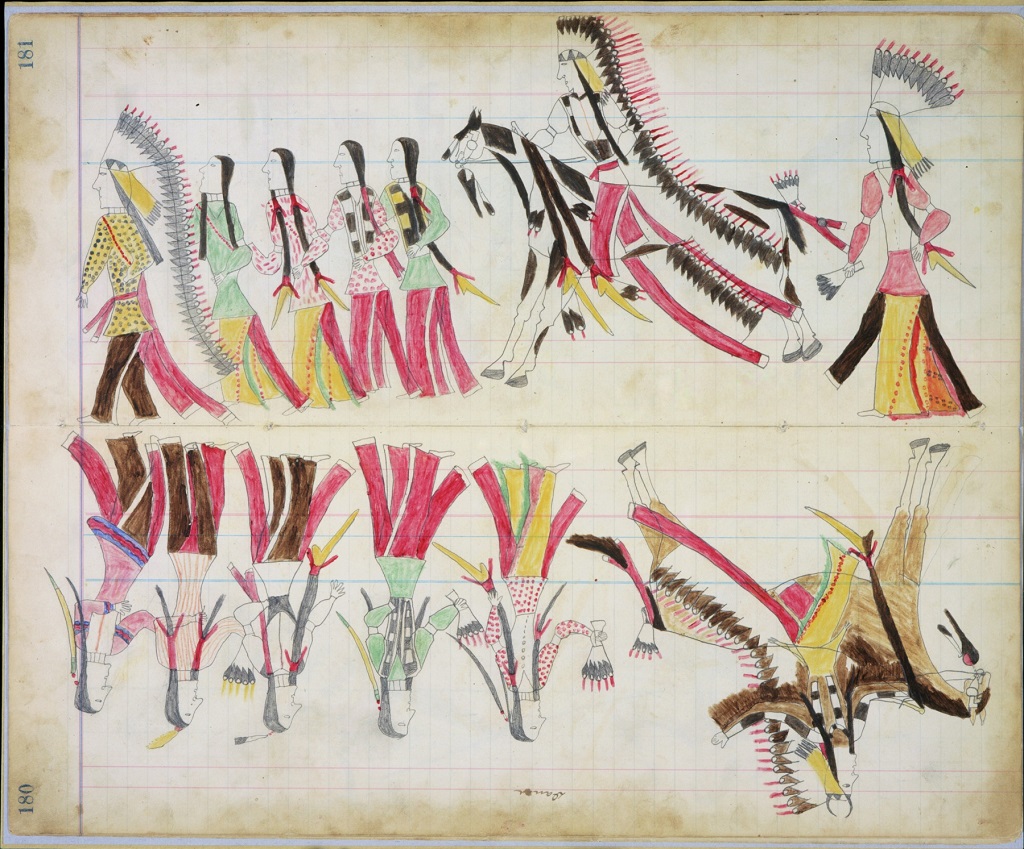Author:
Newberry Library Staff
At First Glance
Describe the people in the foreground. What are they doing? How do you think they are related to each other? What is their relationship to the line of wagons in the distance?
Read to Build Knowledge
As the sun sets, a family has stopped by a stream to take a break from a long, difficult journey. They have built a campfire and hung a pot over it so they can cook a meal. A boy tends to the fire while his sister bends down to collect water. The mother on the far right holds an infant while the father, holding a rifle, looks on. Horses feed on hay from the wagon. In the background, a long line of covered wagons called a caravan or “wagon train” stretches as far as the eye can see. The angle of the family’s wagon, the direction of the caravan, and the lines in the evening sky all draw our attention toward a vanishing point on the horizon. That land in the distance represents the American West.
The New England journalist Samuel Bowles included this engraving (a print of an image made from pressing a plate or block to paper) in his book Our New West. The book was based on his journeys across the United States in 1865 and 1869. In his book, Bowles described a scene from his first trip. He wrote that the landscape he saw in the first two hundred miles of his trip, after departing from Atchison, Kansas, had “the finest prairie scenery of the West.” Bowles described the Great Plains as “stretches of exquisite green surface, rolling like long waves of the sea, and broken at distances of miles by an intervale [a type of land with rich soil for farming] with a small stream.”[1]
Unlike the family in this print, Samuel Bowles did not travel west with his family and all of his belongings so he could start a new life. Instead, he traveled to experience “the field of a new empire.”[2] On May 10, 1869, the first Transcontinental Railroad connected both coasts of the United States, making travel much faster and safer. But when Samuel Bowles went back home to the East Coast, he did not make the trip by wagon train or railroad. Instead, he made the journey by steamship—leaving San Francisco and traveling five thousand miles to New York in only twenty-one days.
Analyze and Interpret
- What techniques (scale, lines, etc.) did the artist use to show great distance in this print? Describe how these techniques work together.
- What is the message and mood of this illustration? How does the family in the foreground contribute to the message and mood?
- Why do you think this family and the rest of the people in the caravan are going to the West? Does the artwork give you ideas about this?
- How are the boy and girl contributing in this scene? Why is this important?
- Is the landscape inviting or threatening? Identify specific elements in the image to support your interpretation.
- In Our New West, Bowles calls the American west “a new empire.” How do you think that quote relates to this artwork?
- Why do you think the artist chose to not show Native Americans in this scene?
Notes
[1] Bowles, Samuel. Our New West. Hartford, Ct.: Hartford Pub. Co., 1869, p. 32.
[2] Ibid. 522.

